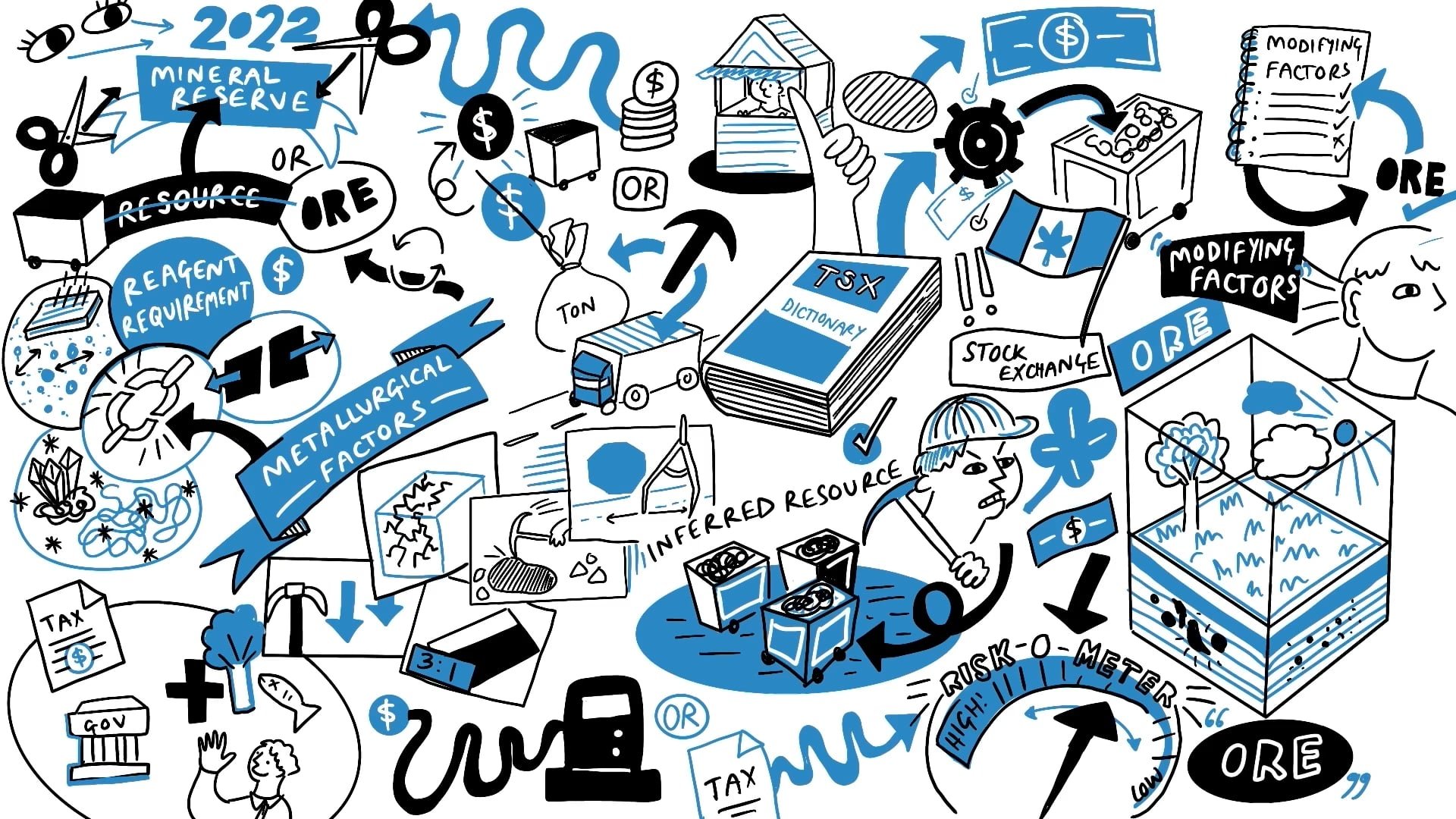Strategy: Preserving Capital & High-Grading

More episodes
Transcript
The mining industry can make a series of really bad decisions in cyclical downturn. They're somewhat forced into it, but their decisions can create long term problems. Essentially, they're trying to preserve capital, look after their balance sheet. Thus they start cutting non-essential investments in that downturn.
Firstly, they stop or reduce funding in their exploration. Secondly, they start reducing their investments in maintenance CapEx. They push their maintenance cycles out. They don't spend quite the same amount of money on ventilation or underground heading development. Every aspect of the development cycle gets stretched and reduced. And finally, they postpone the larger capital items. They push back their expansion. They push back their new build on that project in question or that feasibility study.
What they really often do is they high grade, high grading is when miners go off to the high grade portion of the deposit. This initially sounds sensible in a downturn, but it may not be the best economic approach to mining and processing of deposit over the longer term. Short term gain given by market necessity, which impacts the economic longevity of a mine. This may mean that they drop mining in lower grade zones that they had picked up during the upturn. And one reason why margins don't necessarily actually follow the cycle entirely on the way up is because they realize that with the higher prices they can get more low grade ore through the mill and make it pay.
However, during a downturn, the opposite occurs and they end up having to high-grade their resource, which reduces the overall grade of the remaining life of mine. Thus, they do long term damage to their asset. These are some of the struggles that a single asset miner or mid-tier miner will face. Only the companies who are in harvest mode, or those that have got low cost assets which are just depleting (the dividend players who can cope with it) and / or the majors who have multiplicities of operation, don't face those things. These kinds of companies have got the flexibility to manage their cash flows, tweak their dividends. The majors are such big beasts that you don't actually see a couple of the smaller projects struggling within their overall portfolio. Additionally, they'll often own these mega low-cost assets, which will pay through the cycle, such as the iron ore divisions of BHP, Vale and Rio Tinto.
So, mining and making money for your shareholders is actually rather hard to do. It comes back to their strategy for any company. Any junior company that says we want to be a miner, you need to question it. You need to ask yourselves, are they really, truly able to do this? Mining involves a special skill set. It takes an organization a long time to build up operational expertise. A company that I admire very much is Agnico Eagle. If you look at their staff turnover at the top level within the company, it's very, very low. That team has worked together for many years, decades even, and they've got an in-house engineering capability. They really think about the assets they go for. They understand what kind of assets do they can do and those that they can't, and they stick to their knitting. Equally Newcrest from Australia, for example. They are block cave specialists. They're not
trying to be the next greatest thing. Instead, they focus on their speciality. It's interesting to look at those companies and remember those companies which have garnered a reputation for excellence.
Perhaps the most famous case, of course, is Mark Bristow with Barrick. He was previously with Randgold for many years and he had an internal investment rule. Randgold wouldn’t pursue anything that didn't produce at least a 20% IRR, and it had to be over 2,000,000oz of gold. It had to work at $1,200 gold, and it had to have the capacity to produce over 200,000oz per annum. That discipline made it difficult for him to pick up new projects, but the company consistently outperformed everybody else in the sector in terms of its earnings and delivery to shareholders.
So as you consider your favorite resources company, it's important to understand that the more de-risked the proposition, the closer the valuation will trade to these standard, well indicated, well trodden paths of the multiples. I've outlined how difficult it is to run a mining company, and equally, outperformance is hard to achieve in this sector because as soon as you start producing earnings, you gain coverage from analysts and banks and they begin to follow you. It's very hard to stand out from that crowd. At that point you need to put your faith in the cycle and in the management team.









































.jpg)
.jpg)
.jpg)
.jpg)














